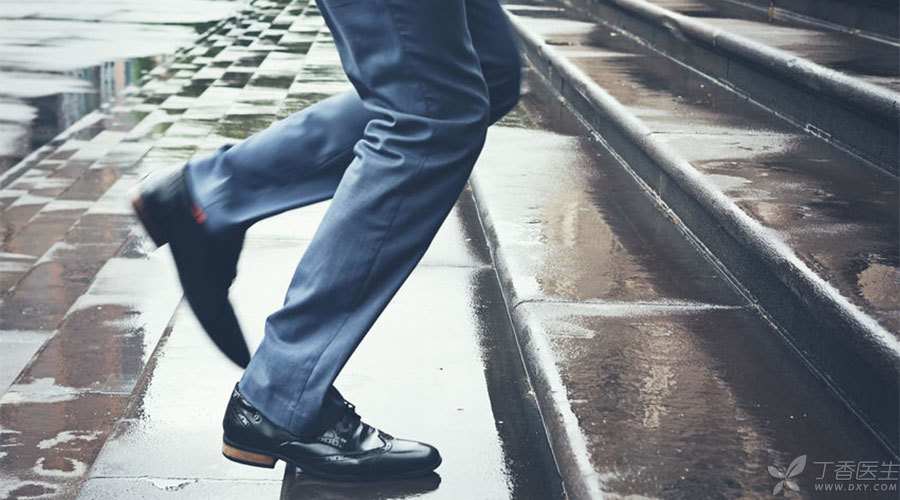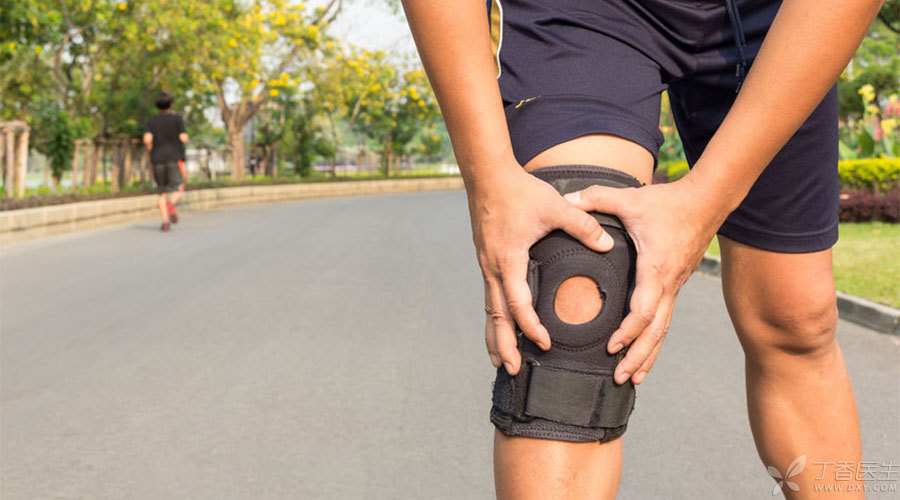
Whether climbing stairs hurts your knee has always been a controversial topic.
Both sides of the dispute have their own supporters.
So what kind of load does the knee bear when climbing stairs?
Why do people think climbing stairs will hurt their knees?
Why is it recommended to climb stairs for fitness?
Today, Ding Dong will talk about this topic.
What are our knees doing when we are climbing the stairs?
When people climb stairs, the force on their knees is constantly changing.
- The knee, as the link between the thigh and the lower leg, bears the pressure from the weight. When climbing stairs, the body moves back and forth, and the knee also bears some pressure from the horizontal direction.
However, no matter what kind of pressure, there are only connective tissues such as meniscus and cruciate ligament around the knee joint, and there are not too many muscles to protect the stability of the joint.
Simple comparison with a set of data:
When standing, the knee bears 86% of the weight. When walking, it is 1.6 times the weight. When jogging, it is 2 ~ 3 times of body weight. When running fast or sprinting, it is 5 ~ 7 times the weight.
When climbing stairs, the knee bears 3-4 times the weight. When descending stairs, it is 5 ~ 7 times the weight.
Therefore, from a mechanical point of view alone, frequent climbing of stairs will indeed cause pressure on the articular cartilage of the knee, thus causing damage.

Does this mean that we can’t climb stairs everyday?
Of course not.
For young people with normal joints, human articular cartilage has certain repair ability after injury, and there is no problem in dealing with such low-load actions as daily climbing stairs.
Why is it controversial to climb stairs for exercise?
This is because doctors and fitness coaches have different positions on the issue of climbing stairs.
Because from a mechanical point of view, frequent climbing stairs will cause knee injury.
Then for the doctor group, when climbing the stairs, more consideration is given to physical safety.
Doctors will give priority to advising to do as little or as little as possible for anything that will cause hidden dangers to the knee joint.
Especially those patients with knee problems, such as degenerative arthritis or type O leg patients.
After all, changing a knee is very expensive.

As for fitness coaches, when climbing stairs, more consideration is given to the training effect of fitness exercises on the body.
Anyone who wants to become thinner, stronger and fit must move. At this time, it is too one-sided to analyze the compression of knees only from the perspective of mechanics.
After all, as long as you move, you will put a load on your body.

How on earth should I climb the stairs?
First of all, posture is the most important.
Keep your back straight and don’t move your center of gravity forward too early to reduce the pressure on your knee joint.
This posture is the best climbing posture, which can reduce the pressure on the knee joint to a minimum. However, most people find it difficult to maintain this posture everyday.
Secondly, there are some people who are really not suitable for climbing stairs:
-
People with knee injuries;
-
Pregnant women and overweight people.
People with knee injuries need not say that pregnant women and overweight people (BNI > 24) are not recommended to exercise or lose weight by climbing stairs because the knee support load is too large.
For the above two groups of people, can you take the elevator or take the elevator?

Therefore, climbing stairs does not hurt the knee, and more consideration should be given to one’s own physical factors.
Some units will hold the kind of stair climbing competition for high-rise buildings, which is not recommended for those who are not sure whether their climbing posture is correct.
As to whether climbing stairs can be regarded as a fitness program, it cannot be simply evaluated from the perspective of potential knee injury.
Because after any form of physical activity becomes a fitness program, injuries cannot be avoided.
